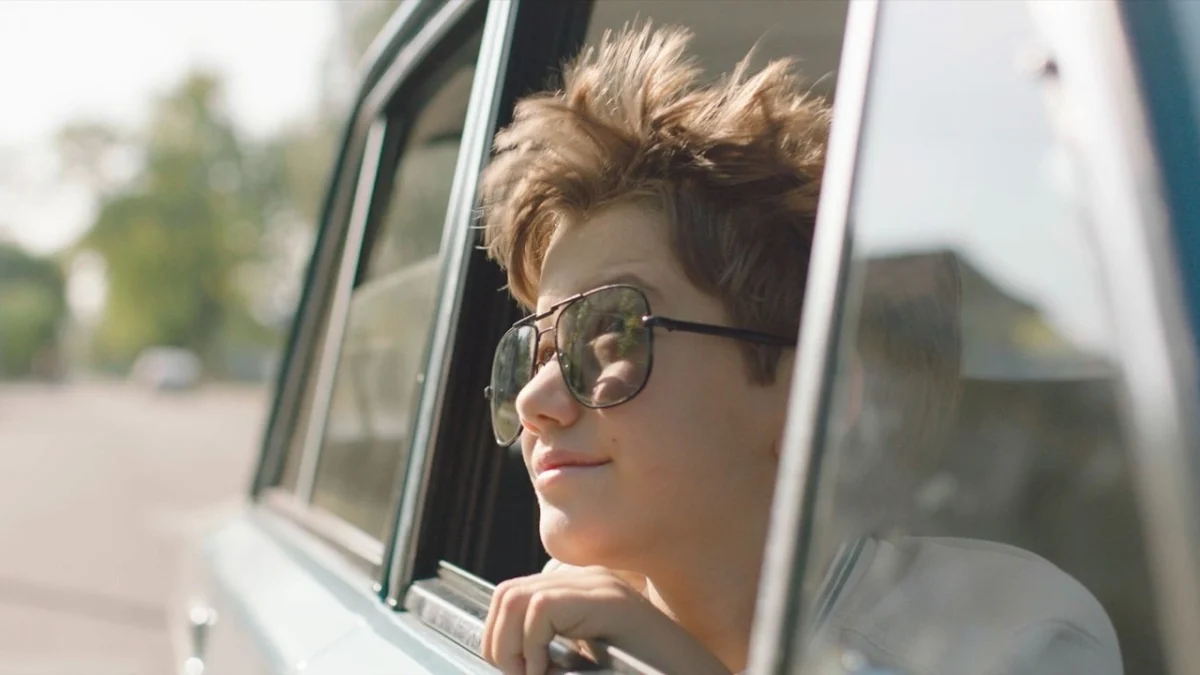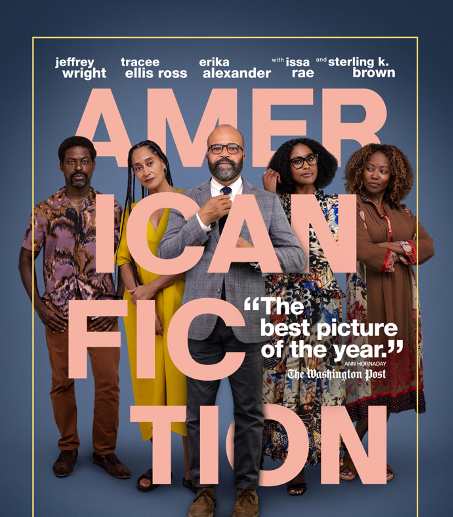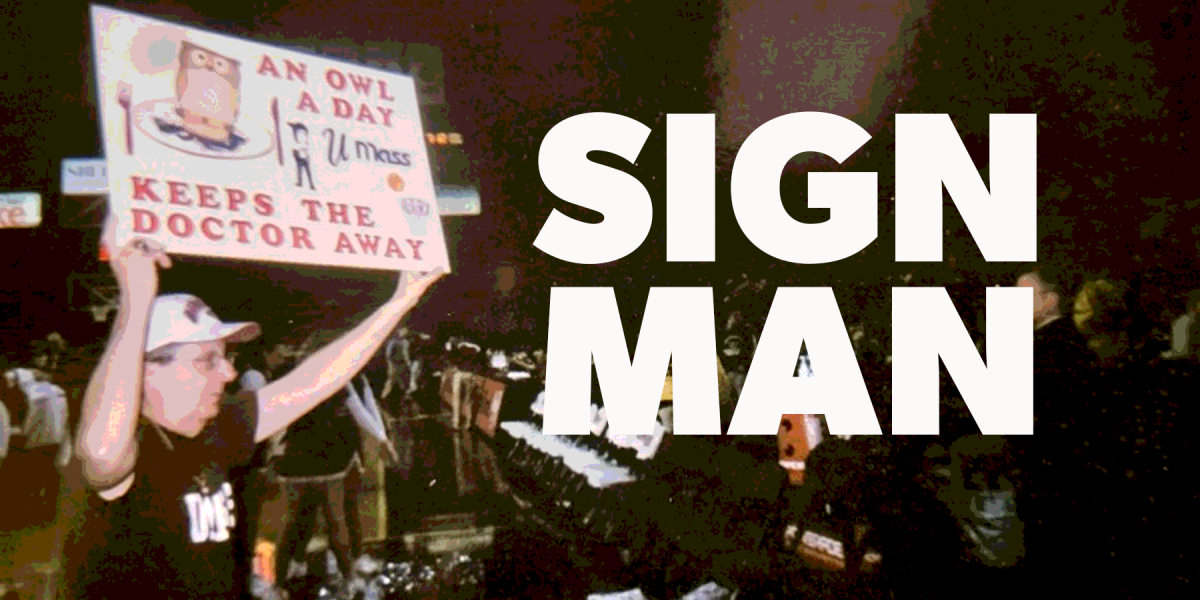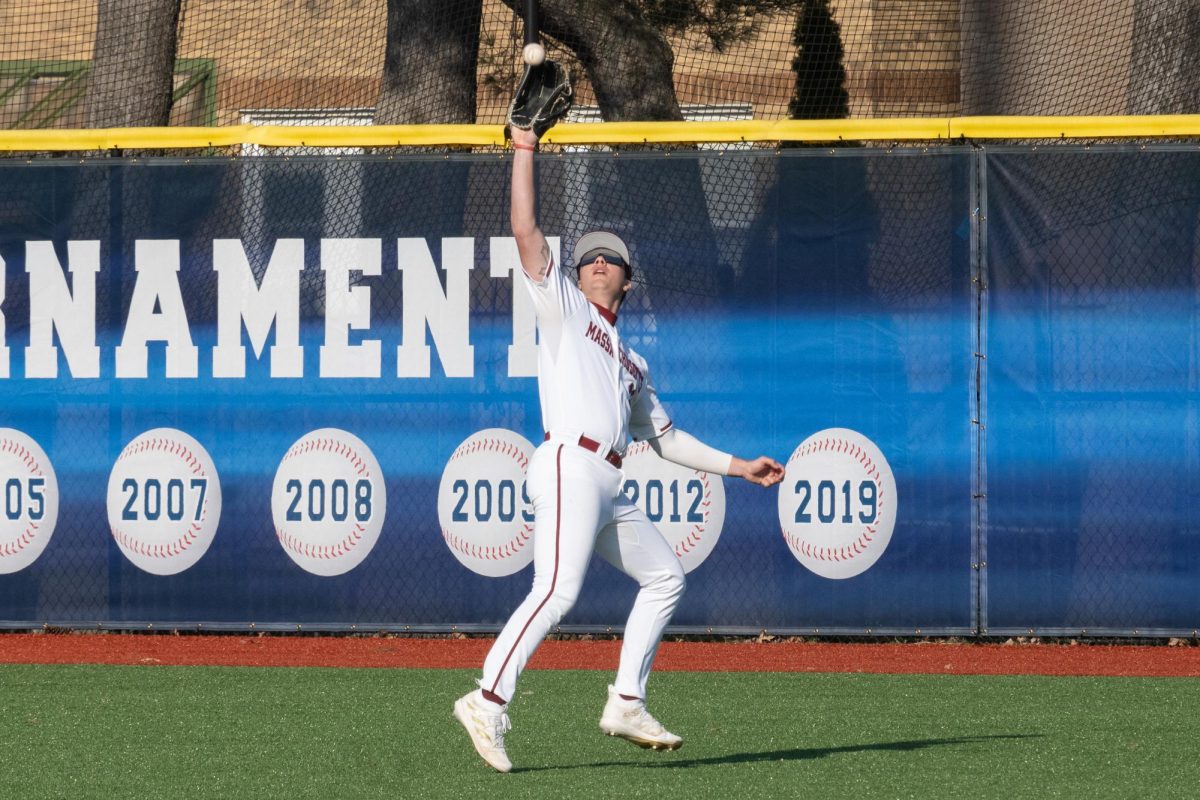
“An Unexpected Journey” turned out to be an apt title for “The Hobbit” trilogy’s inaugural entry. Directed by Peter Jackson, the prequel series to “The Lord of the Rings” took a while to get on its feet, swapped directors between Jackson and Guillermo del Toro and split J.R.R. Tolkien’s masterpiece into three separate films. Then Jackson announced that he would film the series at 48 frames per second, twice the standard Hollywood rate. Finally, amidst title changes, narrative alterations and the integration of new material, “The Hobbit” began to drift from its beloved source material.
The first film, released in 2012, was greeted with criticism for its strange visuals, largely attributed to the unorthodox frame rate. The high frame rate, while an attempt to portray Middle Earth as a more tangible dreamscape, turned the Shire and the surrounding landscapes into an unexpectedly difficult viewing experience. Audiences and critics complained that instead of appearing “realer,” the world looked strangely fabricated.
Discontent then swirled around Jackson and New Line Cinema’s decision to split “The Hobbit,” a fairly short standalone novel, into three epic films. Criticism cited the dearth of material for such a large project. These complaints rang true in the first film, “An Unexpected Journey,” when it takes Bilbo (Martin Freeman, hilarious as always) and the dwarves over half an hour to leave the Shire. Rather than leaping back into Middle Earth, the film trudged through a vat of molasses.
The tone shift from “The Lord of the Rings” also elicited unrest. Whereas the landmark trilogy was a darker, more mature glimpse into Tolkien’s legendarium, “The Hobbit” was too saccharine for most critics. Its heroes lacked the weariness of Aragorn (Viggo Mortensen), while its villains were bumbling, especially Azog the Defiler (Manu Bennett), who whipped out lines better suited in “Dragon Ball Z” than an adaptation of Tolkien.
All signs pointed to “The Lord of the Rings.” We have to remember, however, the vast difference between both source materials. “The Hobbit,” drawing upon children’s fantasies and fairy tales, does have a far lighter atmosphere than does its successor. For instance, the One Ring is little more than a magic device in “The Hobbit,” whereas the evils of Dark Lord Sauron emanates from “The Lord of the Rings.” Accordingly, Jackson’s film series tones down Middle Earth’s more serious elements.
The middle installment, “The Desolation of Smaug” (2013), improved measurably over the first film. With more adventure, action and narrative heft, “Desolation” took a giant leap towards the glory of “The Lord of the Rings.” The film created a new character, Tauriel (Evangeline Lilly) and inserted Legolas (Orlando Bloom) into the story. Both decisions worked excellently and the elves’ narrative injected the film with a breath of fresh air.
Now “The Battle of the Five Armies” looms on the horizon, scheduled to hit theaters on Dec. 17. A glance back will recalibrate some criticism for the first two entries, while a look ahead will give you hope for this trilogy. The third and final entry promises to cap off this prequel in an epic fashion and, if it follows “Desolation’s” trend, it will garner the praise that “The Hobbit” has long deserved.
Alexander Frail can be reached at [email protected].


















